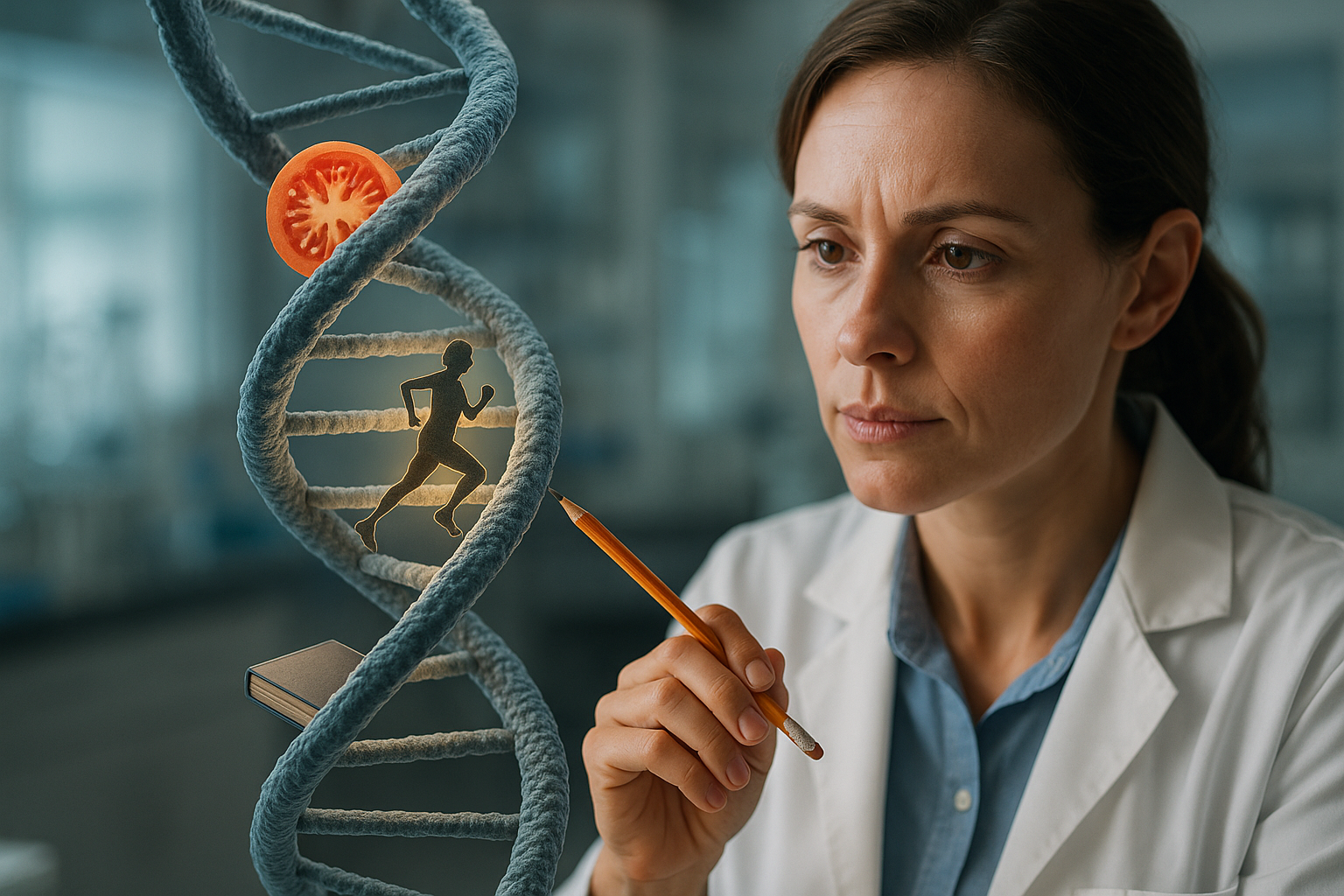A Deeper Dive into the Intricacies of Biomechanics in Sports
In the intensely competitive world of sports, every millisecond, every millimeter counts. Hidden behind the apparent simplicity of human movement lies a complex science: biomechanics. This discipline, at the crossroads of biology and physics, decodes the mechanics of athletes' movements to optimize performance and prevent injury. Understanding it is a game-changer.

The Study of Motion: Unraveling the Basics of Biomechanics
Biomechanics is a branch of science that applies the principles of physics to understand the motion and actions of living organisms. It’s a field that has evolved over time, with its origins dating back to the works of Aristotle and Galileo. Today, biomechanics holds a crucial role in sports, helping athletes push the boundaries of their performance without compromising their safety.
The Game-Changing Role of Biomechanics in Sports
In sports, biomechanics offers a scientific basis for improving an athlete’s technique, enhancing equipment design, and establishing effective training methods. It provides athletes, coaches, and trainers with the necessary understanding to make informed decisions about training regimes, injury prevention, and performance optimization.
A Closer Look at the Application of Biomechanics in Different Sports
Biomechanics can be applied uniquely to different sports. For instance, in swimming, it can help fine-tune stroke mechanics, while in golf, it can assist in perfecting the swing. In track and field sports, biomechanics can help optimize running technique and jumping mechanics to produce the most efficient and effective performance.
The Interplay of Biomechanics and Injury Prevention in Sports
One of the most significant benefits of biomechanics is its role in preventing sports injuries. By understanding the forces exerted on the body during various sports activities, trainers can develop customized workouts that strengthen the specific muscles used, thus reducing the risk of injury. Additionally, biomechanics can help rehabilitate athletes post-injury by analyzing their movements to correct imbalances and prevent recurrence.
Future Directions in the Field of Sports Biomechanics
Emerging technologies are set to expand the potential of biomechanics in sports even further. Motion capture technology, wearable sensors, and advanced biomechanical modeling are paving the way for a future where sports training and performance can be precisely tailored to an individual athlete’s biomechanics, opening up new possibilities for personalization in sports.
In conclusion, biomechanics is an essential component of modern sports science, offering robust solutions for performance enhancement, injury prevention, and rehabilitation. Its role is only set to expand as technology continues to advance, promising an exciting future for this fascinating field.




